During summer 2024 a small group of staff from the Garden’s Scottish Plant Recovery team, NatureScot and National Trust for Scotland achieved something which would have been unimaginable ten years ago. We walked through a woodland meadow with waist-high blue flowers. Not any blue flowers, but one of our rarest flowers, the alpine blue-sow-thistle (Cicerbita alpina). The name, it must be said, is a rather curious one as the flowers are lilac rather than blue.
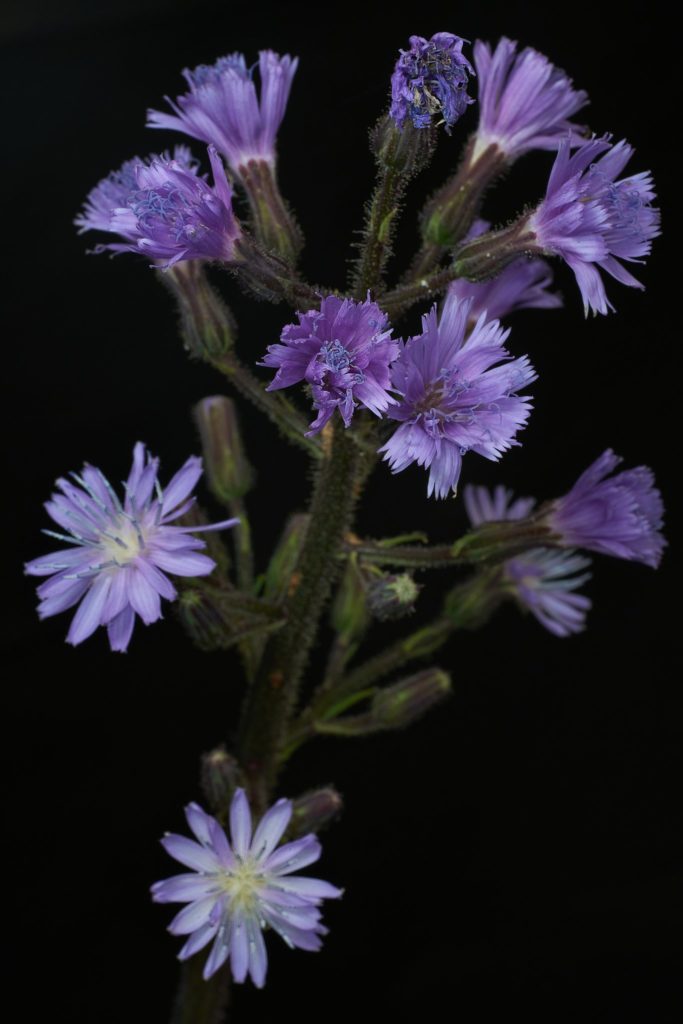
Although frequent in Scandinavia and the Alps, the sow-thistle is exceptionally rare in the UK. It is confined to a just four sites in the Cairngorms, high up on ledges. The reason for the dramatically different fortunes is that in the Scottish Highlands the population of wild red deer and introduced sheep have become so large that grazing pressure has pushed the highly palatable sow-thistle to the brink of extinction. It only survives in the few inaccessible places that animals can’t reach.
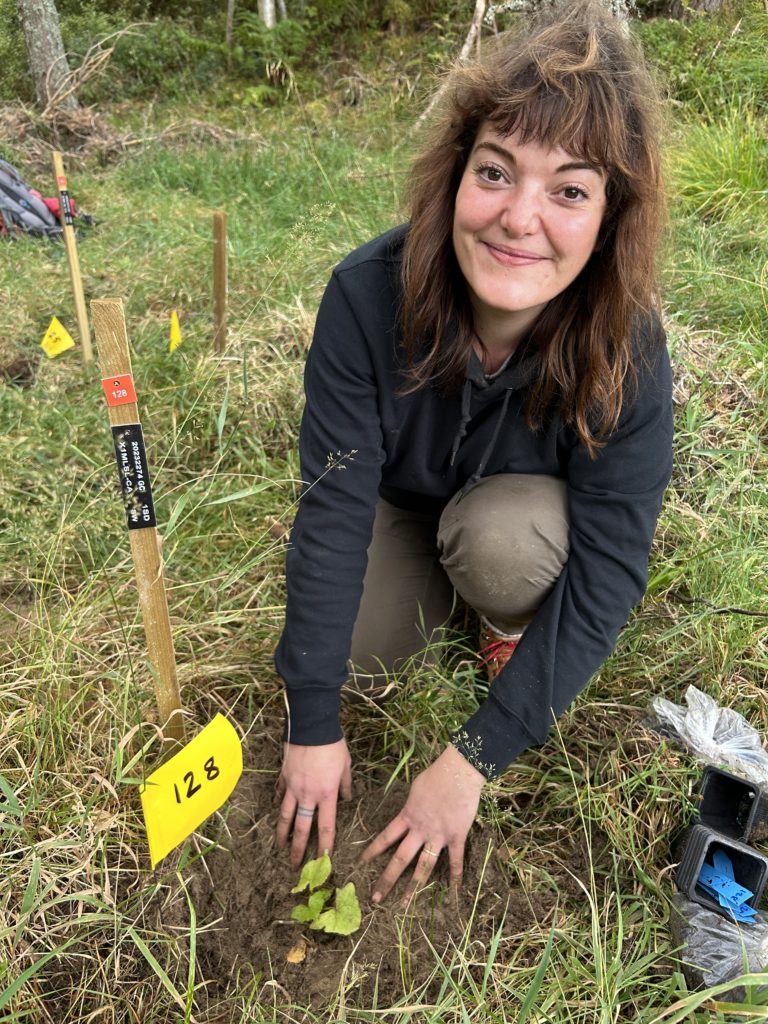
But the sow-thistle should not be confined to mountain ledges, this is a plant of northern and alpine woods, even growing along roads on the continent. Being a relative of the lettuce, it is not surprising that grazing animals would seek out the sow-thistle. Even humans have foraged the species as a wild edible. About fifty years ago there was a fifth site in Scotland, one where it was possible to walk through a canopy of the sow-thistle without having to break a sweat, risk life and limb, or scramble up to inaccessible ledges. That colony has now disappeared, long since eaten.
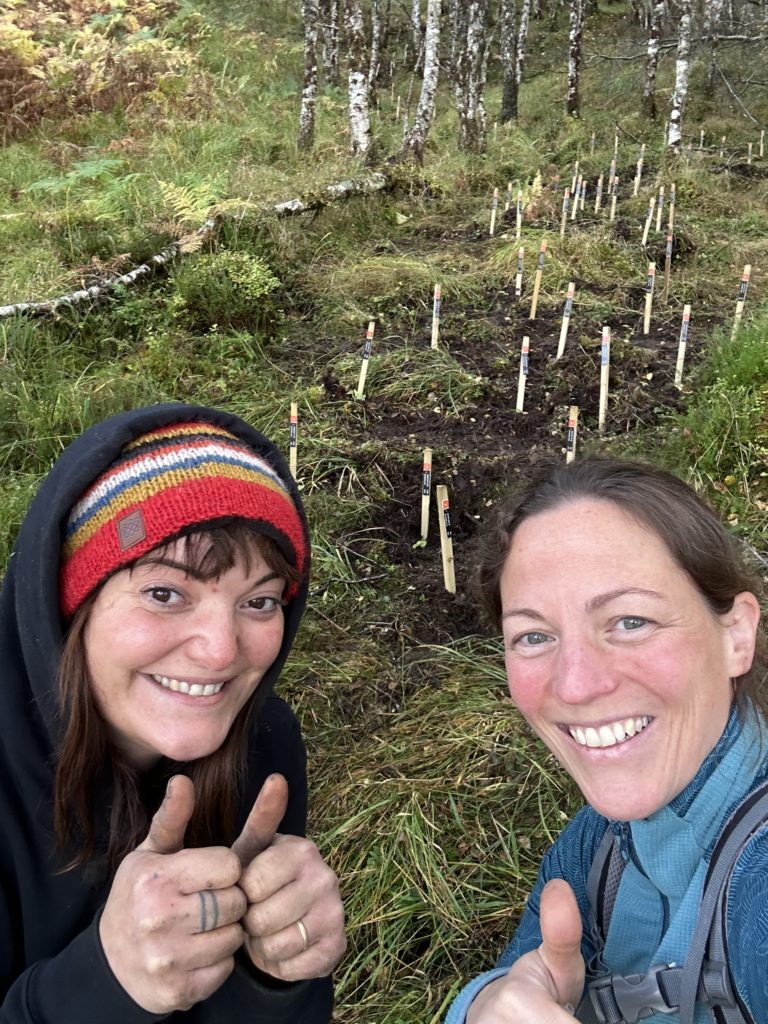
A few years ago, the Garden, with help from NatureScot, investigated the genetics of the surviving Scottish plants and the news was not good. There were very few individuals left, colonies were in effect groups of siblings and cousins. The four colonies were not breeding with one another. Each of the four populations was critically inbred and even if not eaten the seed set was low and the plants were on a long-term decline towards almost certain loss.
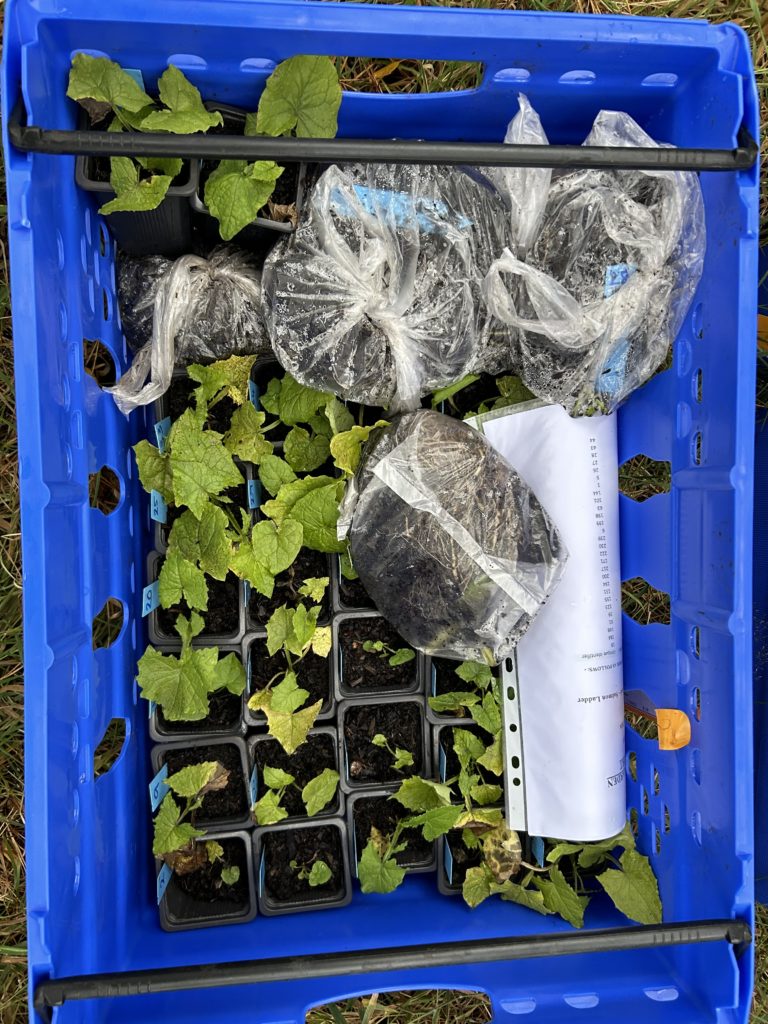
So, plants from the remaining Scottish populations were brought into cultivation and experimental crossbreeding was begun to try to restore genetic diversity and rescue the species. This ‘match making’ worked well and lots of healthy seed was produced. In time, plants from Norway and the Alps were also introduced to the breeding programme to further diversify the gene pool.
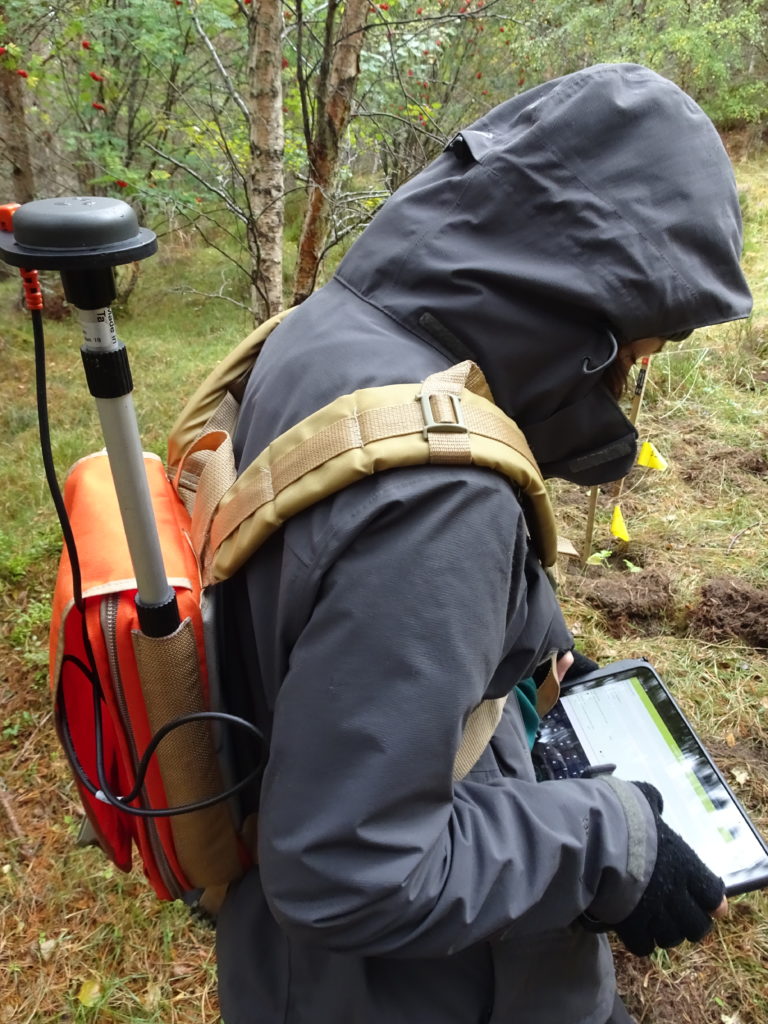
The next step was to return plants to the wild in more typical woodland settings. This would only be possible in places where deer numbers had been managed down to very low levels. The National Trust for Scotland’s Mar Lodge Estate provided an ideal opportunity. Sustained deer control on the estate had brought numbers down and good regeneration of trees was proof that a palatable plant like the sow-thistle would stand a chance.
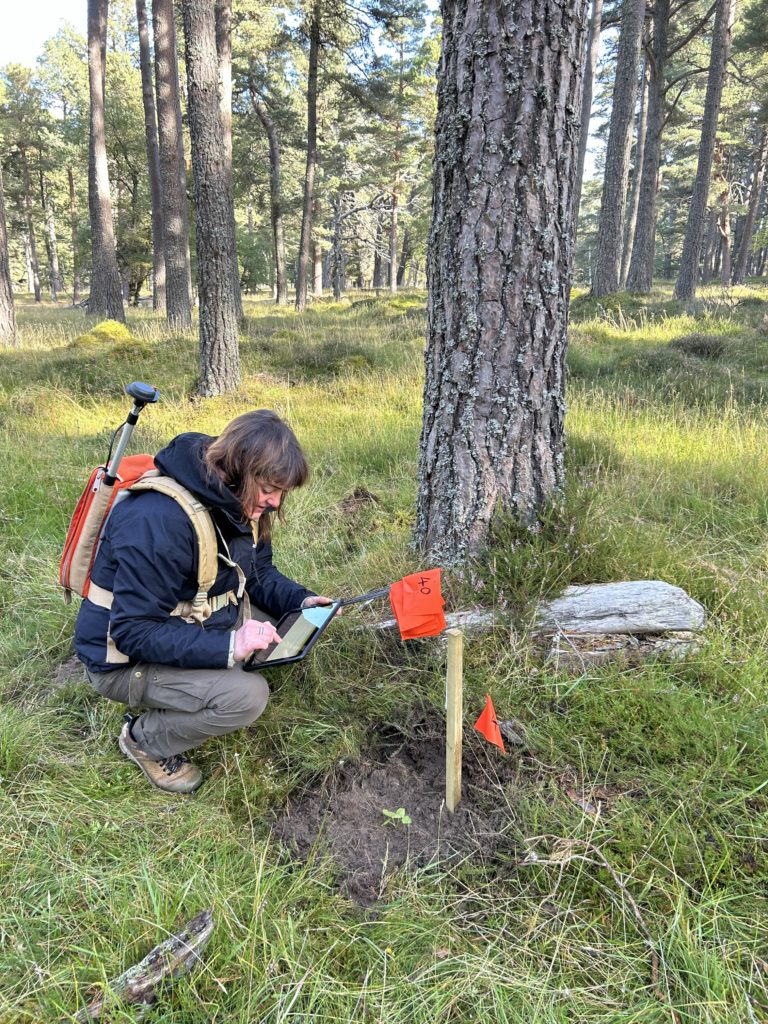
A trial of plants of different parentages was designed and planted at Mar Lodge to test both the influence of crossbreeding and the potential to establish sow-thistle at what seemed, from observations on the continent, to be a more typical habitat for the species.
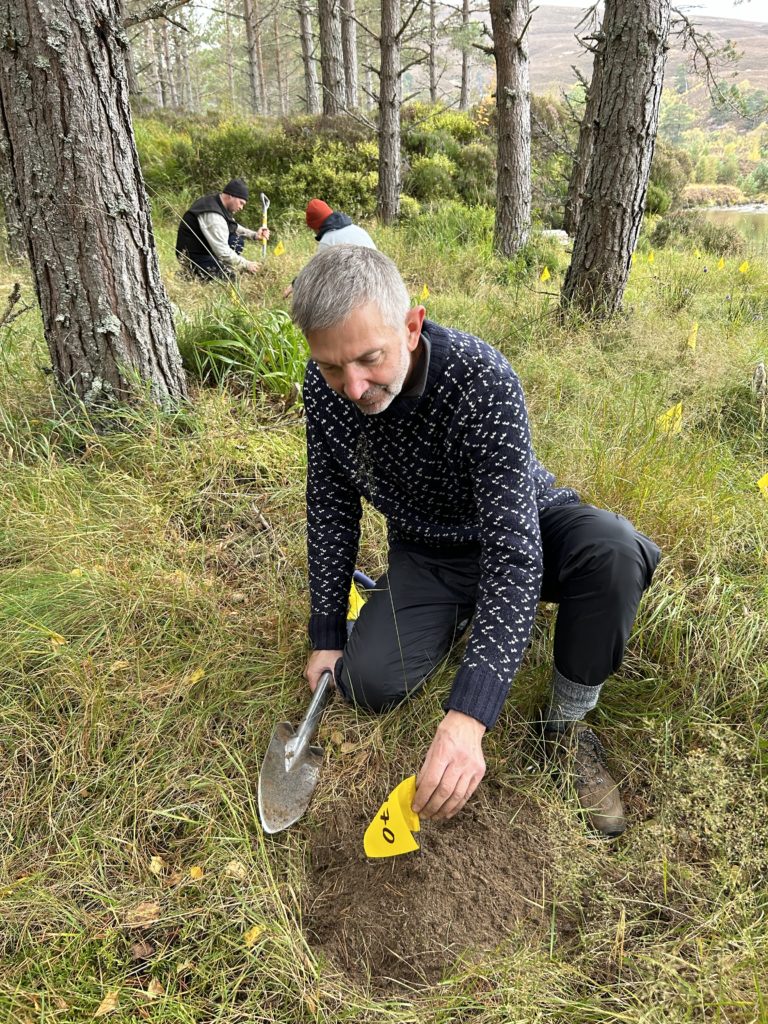
Plants that were the product of crossing between the Scottish populations and between Scottish and Norwegian populations did particularly well as judged by their greater height. Scottish-Norwegian crosses did best of all.
Dr Aline Finger, conservation geneticist and project lead, described the results of the trial at Mar Lodge Estate as perfect:
It was like a perfect set of results, so good that it might have looked like the results were staged. The inbred plants had lower survival rates, were smaller and didn’t flower as well as the crossed plants.
It seems the sow-thistle is happy to come down from the mountain ledges and genetic mixing has greatly improved plant vigour and flowering. Based on the success of the Mar Lodge and other trials, with over 80 per cent of plants surviving three years after planting, more planting has now taken place. During autumn 2024 a further 250 plants were planted in ground adjacent to the original trial.
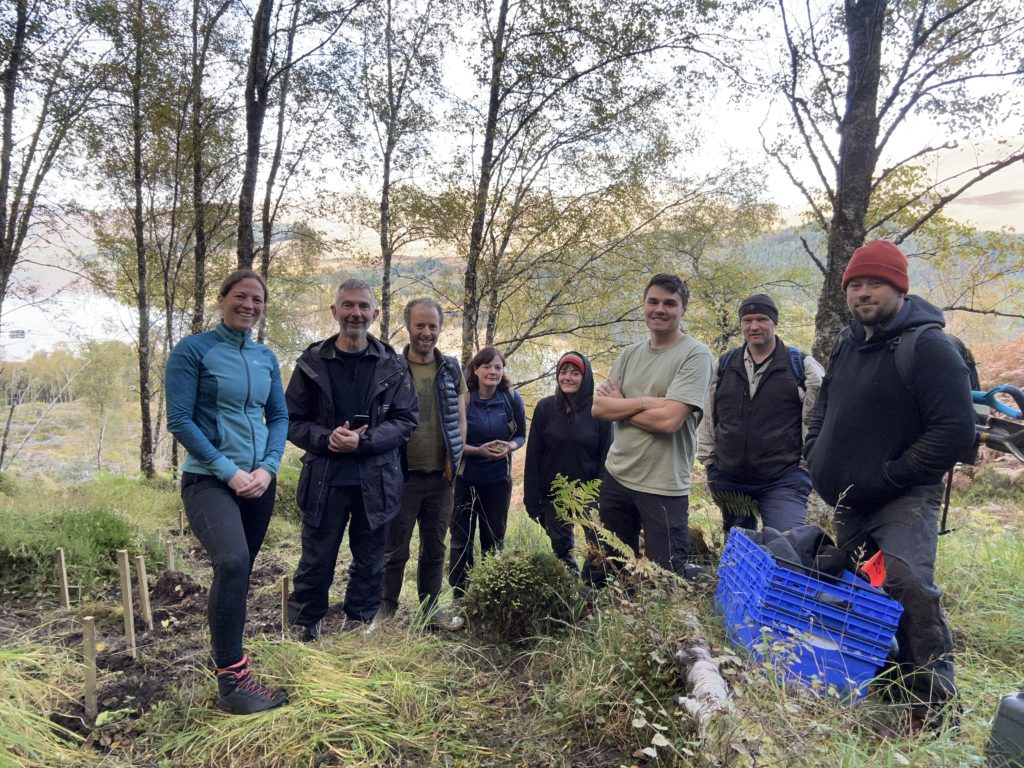
At the same time another 250 plants were translocated to a second site at Mar Lodge, the sow-thistle was also returned to what looks like suitable woodland habitat at the Balmoral Estate and at Loch Arkaig to land under the management of the Woodland Trust. These further plantings mean that during autumn 2024 more than 1,000 alpine blue-sow-thistle plants have been returned to wild places. We hope that they will begin to spread and repopulate what was probably their original home, making it possible for more people to walk through waist-high alpine blue-sow-thistle. Hopefully, in a few years’ time, the sow-thistle’s blues will have been well and truly banished and it will be on the road to recovery.
Post written jointly with Iain Macdonald from NatureScot.


- X @TheBotanics
- X @nature_scot
- X and Facebook @ScotGovNetZero
- Facebook @NatureScot
- #NatureRestorationFund
Acknowledgement: Thanks to our partners at Balmoral Estate, Mar Lodge Estate and the Woodland Trust for making their land available for planting and for being so enthusiastic and helpful. The Scottish Plant Recovery work would not be possible without the support of our partners.
